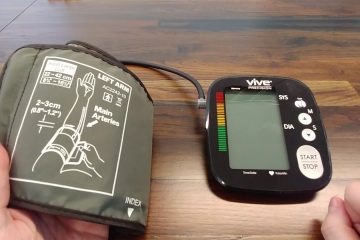Ensuring Quality Senior In-Home Care: Essential Tips for Families

As our parents, grandparents, or other close relatives age, the desire to get the best for them arises. In-home care provides elderly individuals with a familiar environment where they can remain as independent as possible while receiving much-needed support.
Nevertheless, choosing in home care services facilities is not an easy task that should be taken lightly. This article is useful and contains helpful advice on how to address the challenges of home care for elderly people in families.
1. Assess the Needs of Your Loved One
First, the exact care requirements of your elderly relative should be determined to get the best possible in-home health care service. Evaluate the elder’s physical, emotional, and social requirements about the concerned program or facility. Determine their general ability to move around their physical condition and the presence of any medical conditions or medications they take, assess their mental health and their ability to think, and how they feel emotionally and socially. It will specify the extent of the required care and orient the user on selecting appropriate services.
2. Choose the Right Caregiver
To achieve success with in-home caregiving services the most important aspect is the choice of a proper caregiver. Check for proper training, certification, and expertise that meets the personal traits of your loved one.
One should consider whether the caregiver has adequate professional training and certification in senior care, has encountered particular health-related conditions that are unique to a client’s dependent, possesses adequate interpersonal skills to communicate effectively, and last but not least, should be friendly. First and foremost, the selection of a proper, suitable caregiver will provide the possibility to improve the level of care as well as the quality of the patient’s life.
3. Establish a Safe and Comfortable Environment
Ensuring that the ambiance is safe and comfortable for the elderly is critical when offering in-home care services. Eliminate risks for falls such as loose carpets, inadequate lighting, and other objects that may obstruct the path of movement of the elderly person. Other measures such as installing grab bars in the bathroom, placing non-slip mats, and installing emergency response devices also need to be applied.
An appropriate organization of product placements and safe conditions are added advantages that keep away any event of a mishap while at the same time creating secure environments for the elderly by allowing them to manage their affairs independently.
4. Foster Open Communication
Concisely, adequate, and efficient communication between the patient’s family, other attendants, and physicians is the key to successful home care. Arrange frequent sessions where the issues related to the care plan as well as the changes in the conditions of the elderly can be discussed.
Employ other technologies including applications or web portals, an important channel for passing information and sharing updates to families. Discuss with the caregiver and the senior opportunities for change based on assessment results. This helps to prevent issues of misunderstanding in the patient’s care and makes any changes required to be as efficient as possible.









